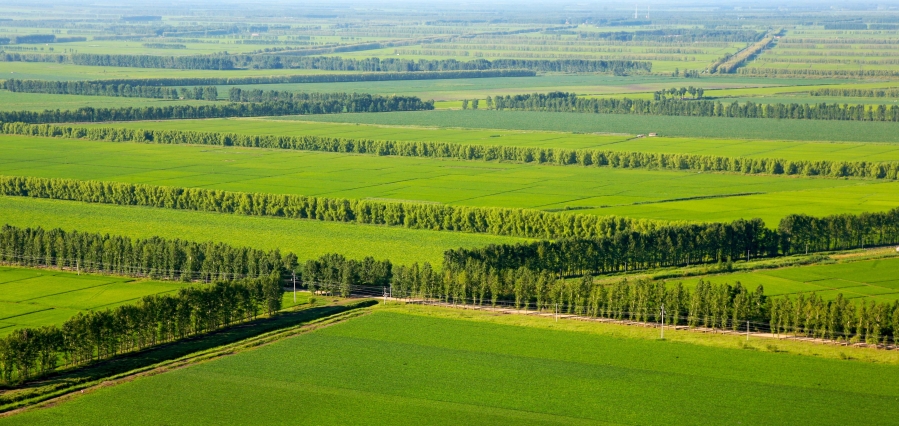China's Three-North Shelterbelt Forest Program brings forest coverage to 13.57 percent
Forest coverage has grown to 13.57 percent from 5.05 percent in 1977 in areas where China's Three-North Shelterbelt Forest Program was implemented, according to a meeting on the program held in Beijing on Friday.
Forest coverage has grown to 13.57 percent from 5.05 percent in 1977 in areas where China's Three-North Shelterbelt Forest Program was implemented, according to a meeting on the program held in Beijing on Friday.

Photo taken on July 27, 2013 shows the shelterbelt forest at the Sanjiang Plain, northeast China's Heilongjiang Province. [Photo/Xinhua]
The program has effectively curbed the expansion of desertification and become a "Green Greatwall" to prevent sandstorms, conserve water and soil and safeguard agriculture, according to the meeting on the 40th anniversary of the launch of Three-North Shelterbelt Forest Program.
Launched in 1978, the project consists of forestation in northwest, north and northeast China, in order to hold back the aftermath of sandstorms and soil erosion. The eight-phase project, covering 13 provincial regions, is expected to be completed by 2050.
In the past four decades, over 7.88 million hectares of windbreak trees have been planted, 336,200 square kilometers of desertification land has been fixed, and more than 10 million hectares of desertified grassland have been protected and restored, according to a report released by the Chinese Academy of Sciences.
Meanwhile, the grass and forest coverage in the Loess Plateau, which is the major focus of the program, has been raised to 59.06 percent. In addition, a massive 400 million tonnes of silt to the Yellow River has been reduced annually.

